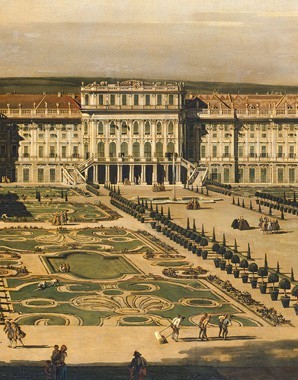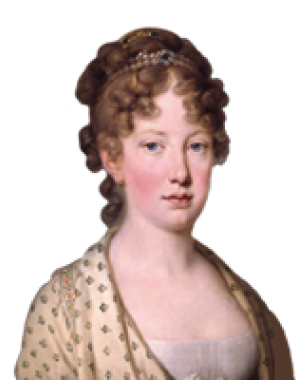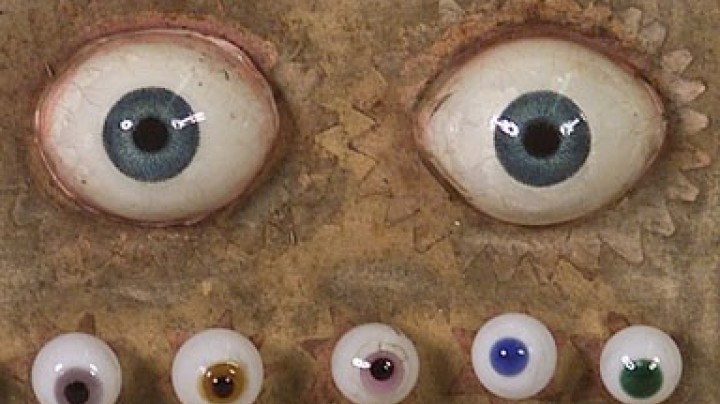South-Sea reveries – traces of the exotic at Schönbrunn
The longing for tropical landscapes, setting off for the shores of distant lands, the call of exotic utopia? At a time when long-distance trips were still a veritable adventure, the Habsburgs despatched others on expeditions to bring home objects giving a flavour of far-off lands in order to take vicarious pleasure in their charms.
Pleasure in the exotic has, since time immemorial, also been used for purposes of prestige.
Surrounding oneself with delicate exotic plants not suited to the harsh European climate was considered a symbol of luxury. Special glasshouses were constructed for the cultivation of exotic table fruit such as the pineapple, which was then shown off as the centrepiece at banquets.
Under Franz I Stephan of Lorraine, pleasure in the exotic at the Viennese court was approached from a new, scientific angle. The emperor, extremely interested in science, financed an expedition from 1754 to 1759 which, under the leadership of Nikolaus Joseph von Jacquin, explored the Caribbean and adjacent South American mainland and, as a result, brought back to Vienna a large number of living exotic plants and animals, as well as shells, minerals and fossils. Expeditions on behalf of the House of Habsburg were also continued under Joseph II, again to the Caribbean, as well as to South Africa and the island of Mauritius. The marriage of Archduchess Leopoldine to Dom Pedro of Brazil also provided the occasion for expeditions by Austrian scholars, whose sensational research findings were published to some acclaim in Europe.
The Berglzimmer (‘Bergl Rooms’) at Schönbrunn are a playful echo of this scientific engagement with exotic flora and fauna. These garden apartments on the ground floor of the palace are named after their creator, Johann Wenzel Bergl, who worked for Maria Theresa as a specialist in mural decoration ‘in the Indian, American or Japanese manner’. These depict an artistically-composed idealized natural environment consisting of exotic landscapes and idyllic garden scenery with an impressively colourful variety of plants and animals. The illusionistic effects blur the distinction between wall and ceiling, interior and exterior.



















